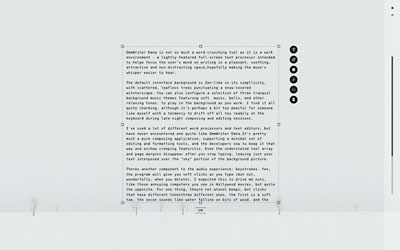

And in all likelihood, the computer will be used at night at some point. Nearly every student uses a computer for classes and coursework. If there is one thing that nearly every student will do this year, what is it?. In order for the phone to read feedback and content, it needs to be able to "see" everything that you use on the device.

These permissions are necessary from an accessibility standpoint.

This includes texts, e-mails, credit card numbers and any other personal info placed on the device. As I see it, this makes Talkback work for people with Dyslexia and other print disabilities too.Īll the previous functions of Talkback are still in place, and some have been improved! Keep in mind, to enable Talkback you will need to give the app permissions to access most of the content of the phone. The new set of voices adds a major improvement to the adaptive abilities of Android. Speech rate and pitch can be adjusted to suit personal needs and preferences. There are 3 new female voices to join the already present female voice, and now includes 3 male voices.
OMMWRITER PAGES ANDROID
To enable this feature go to the Android settings, then under Accessibility enable "Select to Speak".Īdditionally, Talkback is adding verbosity settings for spoken feedback.This new version brings 6 new, natural-sounding voices to choose from. Press the button, tap the text, or drag a selection-box over the text you wish to be read, and the phone will begin reading the selected text aloud. This feature adds an always-on "badge" to your device. Where it began as a way to make the Android OS accessible to blind users, it seems that Talkback is growing, and growth is good!įirst off, developers have added a "Select to Speak" feature, which is an exciting addition for people with print disabilities. Google has provided Talkback as a solution for accessibility in Android since early in Android's history.


 0 kommentar(er)
0 kommentar(er)
